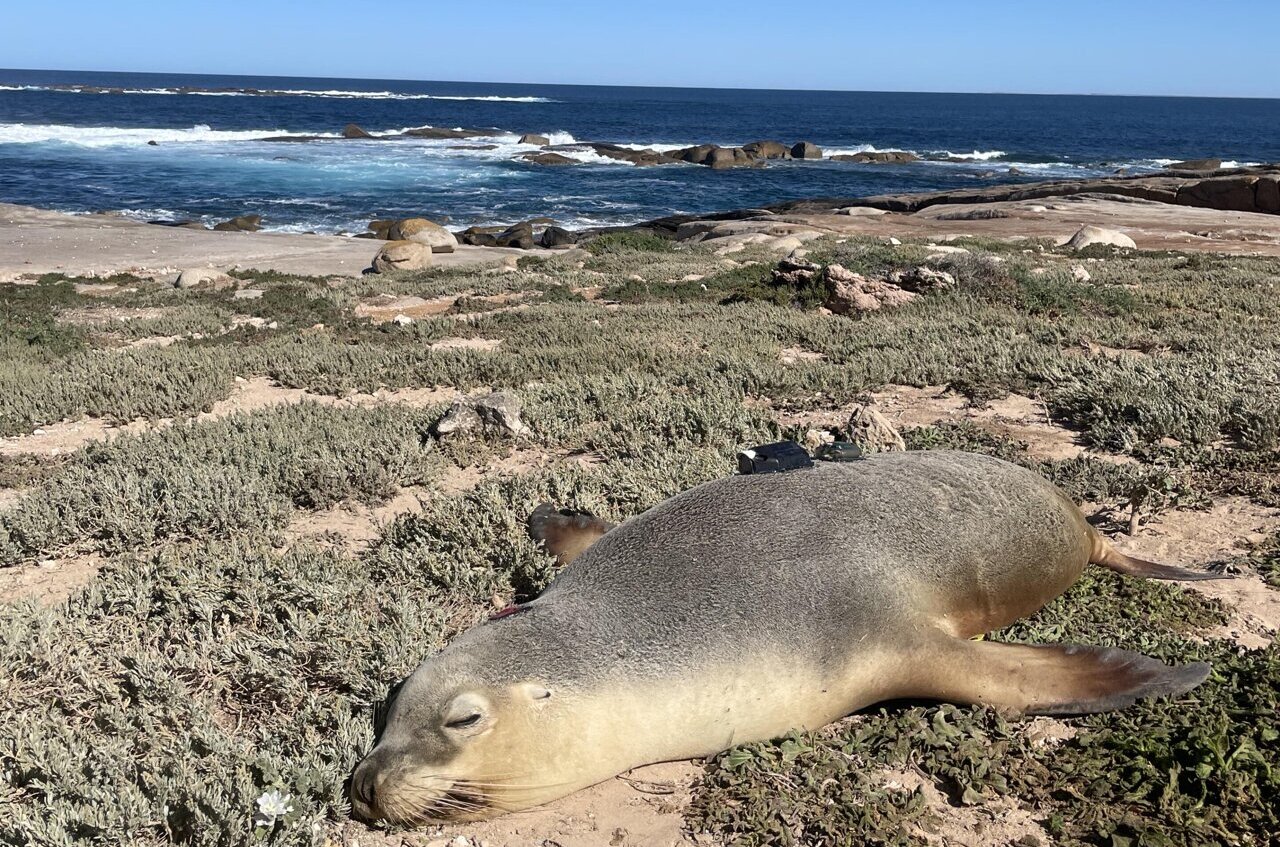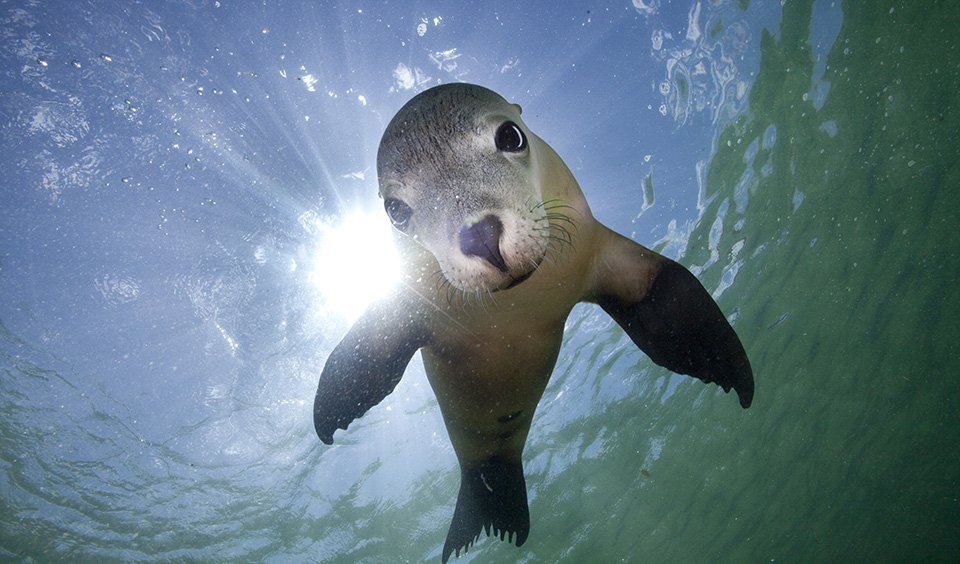Australian sea lions are being closely monitored using advanced technology, with cameras attached to their backs to document their underwater activities. The footage reveals the sea lions navigating through underwater tunnels, seagrass beds, and rocky reefs, and interacting with dolphins around schools of fish.
Professor Simon Goldsworthy finds the footage particularly engaging, likening it to the most compelling slow TV, where the unpredictable nature of each scene keeps viewers intrigued.
The Australian sea lion population is facing severe threats. Historically hunted until the early 20th century, their numbers have been further reduced by modern threats like commercial fishing nets and pots. Over the past 40 years, their population has plummeted by 60%, leaving only about 10,000 sea lions scattered across 80 breeding sites along Australia’s southern and western coasts.
In response to this decline, researchers are using sea lions to map the ocean floor and their habitats. By attaching cameras and satellite trackers to the sea lions, scientists have gathered almost 90 hours of footage covering more than 500 kilometers.

This footage has been instrumental in mapping 5,000 square kilometers of habitat, including rocky reefs and seagrass meadows, and providing insight into the sea lions’ important areas.
The use of sea lions for mapping is proving to be both cost-effective and efficient compared to traditional methods like towing cameras or using baited underwater cameras. Sea lions cover more ground quickly, are unaffected by weather conditions, and perform the task at no cost. Researchers, including Nathan Angelakis, have been deploying these cameras on adult females to retrieve the data when they return to land.
The footage has revealed new details about the sea lions’ behavior and preferences. For instance, one remarkable discovery was a mother sea lion teaching her pup how to hunt. The study also highlighted variations in diet preferences among individual sea lions, with some preferring cod, others octopus or stingrays, and others foraging by overturning rocks.
This research, supported by Australian government funding and published in *Frontiers in Marine Science*, is advancing our understanding of this endangered species and guiding conservation efforts.

